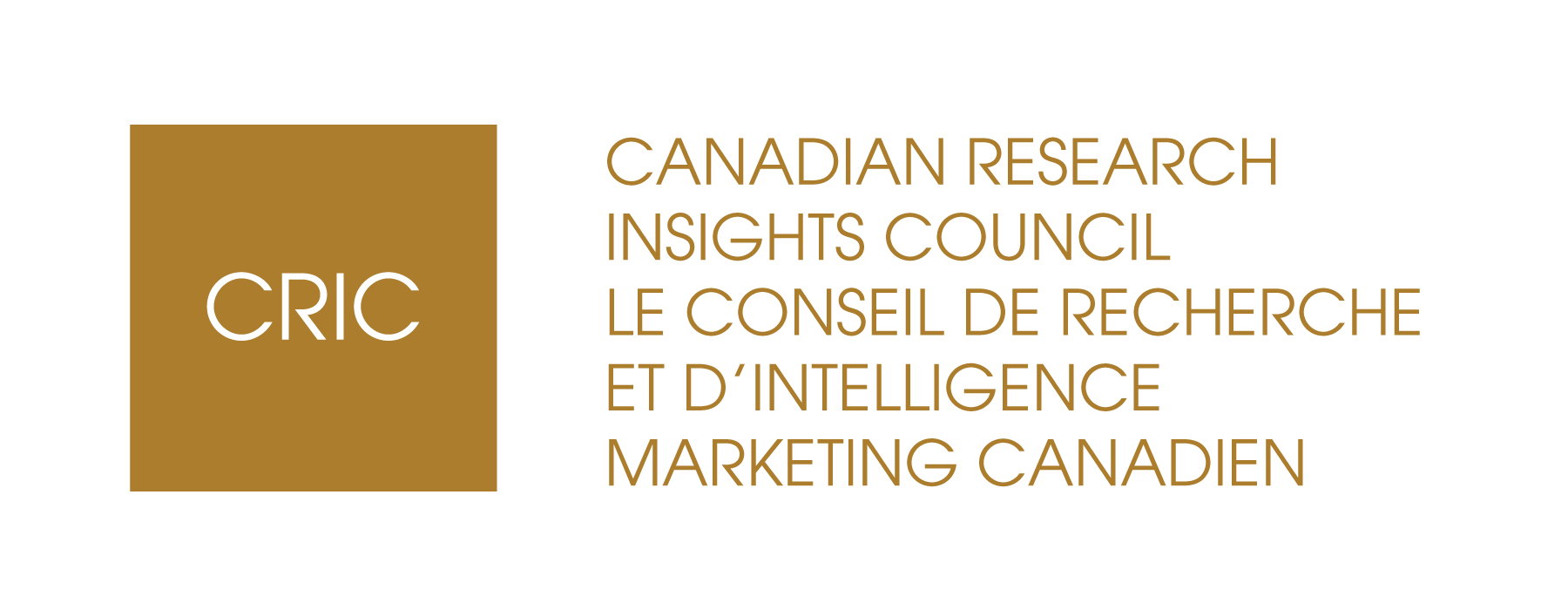Release coincides with the launch of the federal elections to assist journalists and the public
Polls strengthen democracy by giving voice and influence to Canadians. In advance of the federal elections, the Canadian Research Insights Council (CRIC) issued today Canadian-specific standards on the conduct and release of public opinion research.
The new Public Opinion Research Standards and Disclosure Requirements will serve as an important tool for members of the public and the media to assess the quality and validity of survey results that are publicly released. This is particularly relevant in advance of the federal elections on October 21 given the important role that election surveys play in engaging Canadians and informing them as to how their vote can count.
“In today’s era of misinformation, fake news, click bait and foreign interference, fact checking outlier or bad polls is more important than ever,” stated Barry Watson, Chair of CRIC. “No poll is better than a bad poll, as bad or misleading polls misinform voters and hinder democracy.”
With the release of CRIC’s world-leading standards on public opinion polling, Canadians and the media can be confident that when they see a poll by a CRIC member firm, they know the findings are accurate, honest and grounded in statistical science.
The new standards outline the responsibilities of CRIC member companies when conducting public opinion research and the details that must be included when releasing research into the public domain. Member companies must comply with the rigorous standards and make available sufficient details to help the media and members of the public verify the quality of their research. This includes:
- The exact wording and presentation of questions and response options whose results are reported.
- A definition of the population under study
- The dates data were collected
- A description of the sample design with sufficient details to determine whether respondents were selected using a probability or non-probability sample
- A description of the sampling error in a survey’s results if scientifically applicable
- Whether weighting was used to adjust results to make them more reflective of the intended population
- And for research on public policy topics and election voting, detailed tables by key demographic that show both weighted and actual number of respondents.
“A reputable surveying company operates in an open and transparent manner and will provide the information needed to evaluate their survey,” stated John Tabone, Chief Administrative Officer of CRIC. “If they don’t uphold the highest standards, then it’s harmful to give their polls any public attention.”
CRIC members are among the most sophisticated marketing research companies in the world. They never compromise on quality because to do so would damage their reputations and violate the trust of Canadians who give their valuable time to participate in surveys.
To help members of the public confirm the legitimacy of market research projects, CRIC also recently launched the CRIC Research Verification Service. The online portal allows the public to confirm the legitimacy of research projects they were invited to participate in. Visitors to the portal can also submit feedback or register complaints about CRIC member companies and other companies inviting them to participate in research.
To help the media when deciding whether to report on the results of research, CRIC has also published a list of “10 questions journalists should ask before publishing the results of a survey.” CRIC has also published a directory of its member companies who regularly release research in the public domain.
The CRIC Public Opinion Research Standards and Disclosure Requirements build upon the CRIC adopted ICC/ESOMAR Code on Market, Opinion and Social Research and Data Analytics.
About CRIC: CRIC’s mandate is to develop and approve best practices and standards for market research, analytics and insights; provide effective promotion and advocacy of the industry; serve as a source of information and thought leadership; and be a forum for collective industry action.
For more information, visit www.canadianresearchinsightscouncil.ca or contact John Tabone at [email protected].
Contact Us
For more information, contact John Tabone, Chief Administrative Officer:
